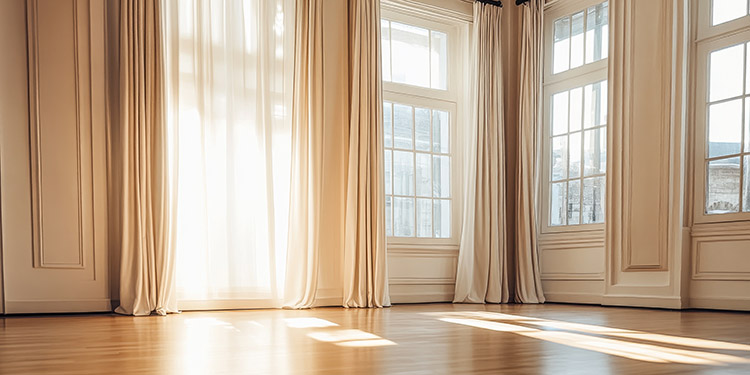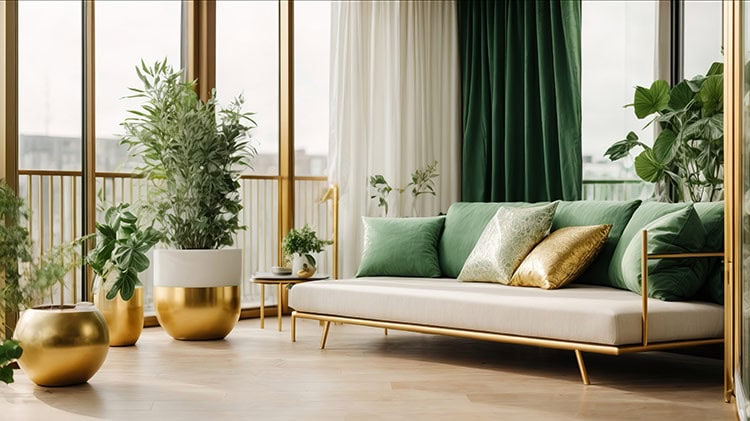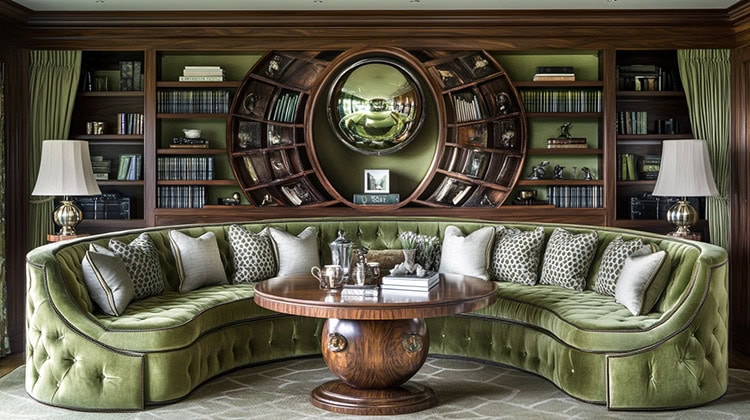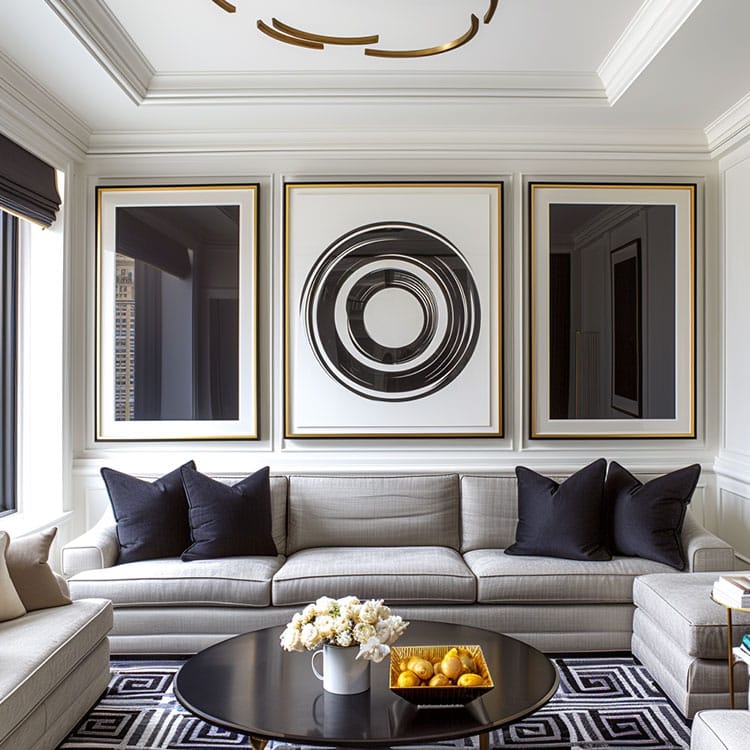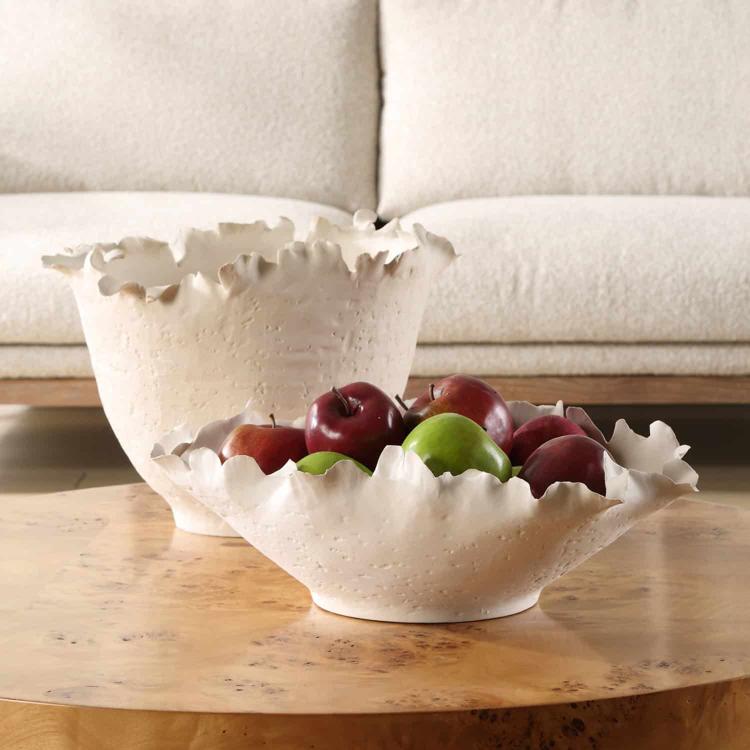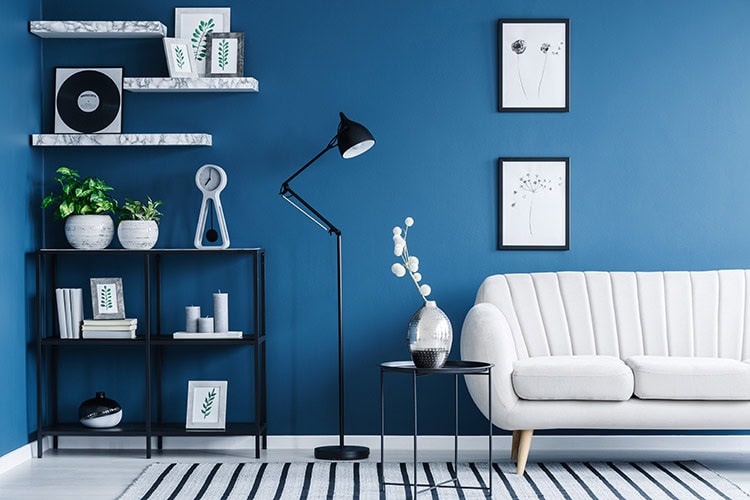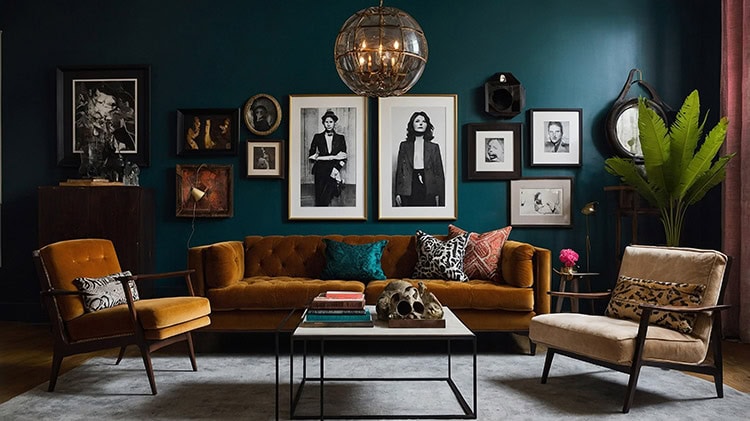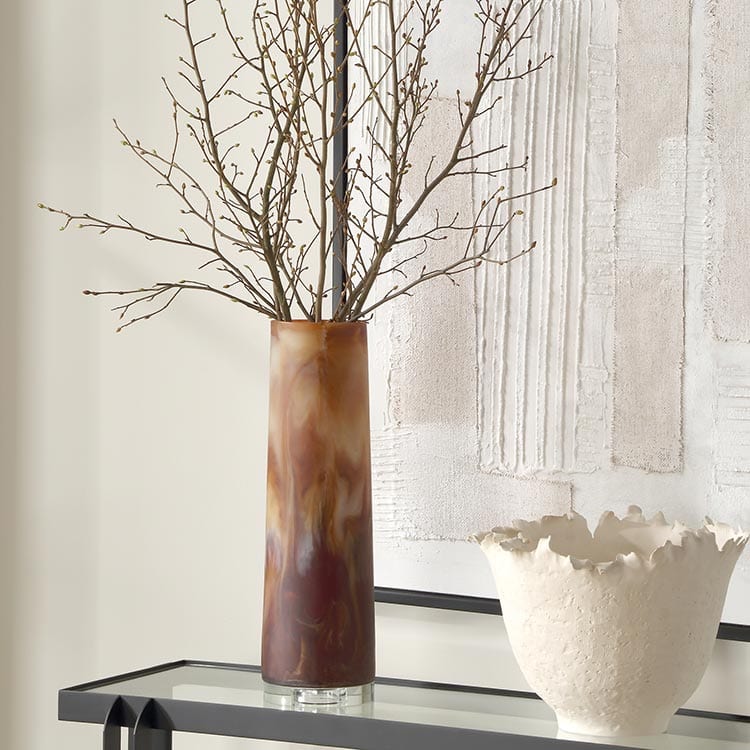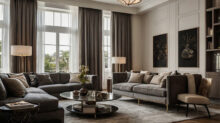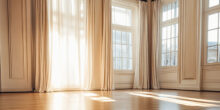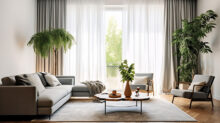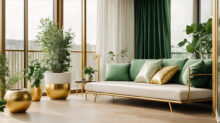Lighting: The Jewelry of Your Mid-Century Kitchen, Part 3
Mid-century lighting combines distinctive style with thoughtful functionality, acting as the finishing touch that truly defines your kitchen’s character. Beyond basic illumination, the right fixtures become architectural elements that reflect the era’s commitment to both form and beauty.
Statement Pendants
The fixture above your eating area creates both illumination and visual focus, serving as a central design element that anchors the space:
- Globe pendants in clear glass highlight beautiful Edison bulbs while creating a simple, sculptural presence. Their spherical design blends seamlessly with mid-century spaces while allowing light to flow freely through the room.
- Sputnik chandeliers with their starburst designs and multiple bulbs create sculptural impact while casting light in multiple directions. These fixtures celebrate the space age enthusiasm of the era and make bold visual statements.
- Drum pendants in textured materials or distinctive colors offer a more substantial presence. Look for fixtures with perforated patterns, woven elements, or richly colored glass that filter light in interesting ways.
- Adjustable fixtures that can be raised or lowered as needed bring flexibility to your dining space. These practical innovations were characteristic of mid-century design’s focus on adaptable living.
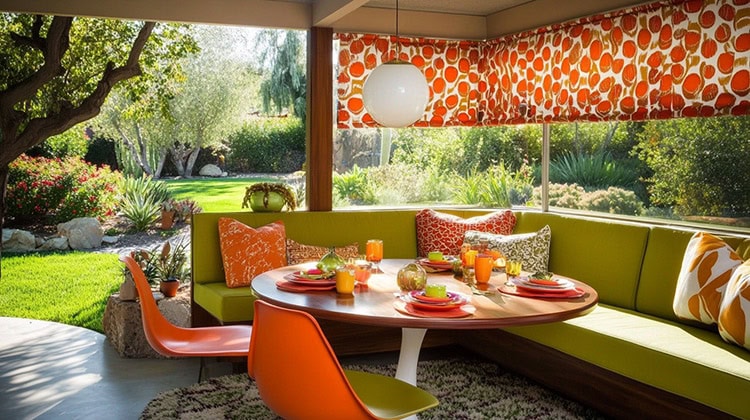
Task Lighting
Mid-century kitchens recognized the importance of proper illumination for cooking areas:
- Articulated wall lamps with adjustable arms bring light exactly where needed and can be tucked away when not in use.
- Under-cabinet lighting creates shadow-free work surfaces while maintaining the clean lines of your cabinetry.
- Track lighting systems with adjustable heads allow you to direct light precisely where needed while maintaining a streamlined appearance.
Ambient Lighting
Creating the right mood in your eat-in kitchen involves thoughtful layering of light sources:
- Recessed ceiling fixtures provide general illumination that complements statement pieces without competing visually.
- Wall sconces in brass or wood-accented designs add warmth and create pools of light that soften the overall environment.
- Cove lighting tucked away in architectural recesses creates a soft, ambient glow that draws attention to textured ceilings and interesting overhead details while adding depth to the room.
Textiles: The Soft Touch in Mid-Century Kitchens
While mid-century design is known for its clean lines and sleek surfaces, textiles play a crucial role in balancing these elements with necessary warmth and comfort—particularly in eat-in kitchens where coziness encourages lingering conversations.
Chair Covers and Upholstery
The fabric on dining chairs or banquettes offers a perfect opportunity to introduce color, pattern, and tactile comfort:
- Authentic Materials: Wool, tweed, and cotton were mid-century staples—durable choices that maintain their appearance while providing texture.
- Pattern Scale: Mid-century patterns typically feature geometric or abstract motifs in small to medium scale. Common motifs include atomic starbursts, boomerangs, or simple geometric repeats that add interest without overwhelming.
- Performance Fabrics: For practical modern use, consider performance textiles that mimic mid-century textures while offering stain resistance and cleanability.
- Color Approach: A classic mid-century technique uses neutral upholstery with colorful piping or buttons as accents—a subtle approach that adds detail without overwhelming.
Window Treatments
Mid-century modern design celebrates natural light, typically favoring minimal window treatments that frame views rather than obscure them:
- Sheer Curtains: Light-filtering panels in natural fibers or subtle textures that diffuse light while maintaining privacy.
- Distinctive Hardware: Simple, architectural curtain rods in warm brass or matte black with minimalist finials.
- Roman Shades: Flat roman shades (not billowy ones) in textured natural materials or subtle patterns that complement other textiles.
- Wood Blinds: Horizontal wood blinds in finishes that match cabinetry or furniture, adding warmth while controlling light.
- Panel Track Systems: For larger windows or sliding doors, sleek panel track systems with textured or patterned panels that slide completely away when not needed.
Table Linens That Complete the Look
Table linens should enhance the dining experience while complementing the design scheme:
- Table Runners: Rather than full tablecloths, mid-century tables often featured runners that showcased the beauty of wood edges while providing protection. Consider:
- Textured natural fibers like linen or cotton with subtle slubs
- Geometric patterns in low-contrast colorways
- Runners with distinctive end details like fringe or decorative stitching
- Widths that allow place settings to sit partially on the wood, partially on the runner
- Placemats: Consider placemats in materials that reference other elements in the kitchen:
- Woven placemats in colors that complement chair upholstery
- Leather or vinyl placemats that add unexpected texture
- Simple cotton mats with minimal embroidered details or borders
- Cork or wood veneer mats that extend natural elements
- Napkins: Cloth napkins add both sustainability and style:
- Solid colors that pick up accent hues from elsewhere in the room
- Simple patterns like thin stripes or small geometric motifs
- Natural fibers that launder well and develop character over time
- Napkin rings in brass, wood, or ceramic that become decorative elements
Creating Comfort with Strategic Textiles
Beyond the obvious places, consider these additional opportunities for textile integration:
- Banquette Cushions: For built-in banquettes, cushions are essential for comfort:
- Seat cushions with 2-3 inches of high-density foam for support
- Back cushions that can be removed for cleaning
- Zippered covers that can be laundered or replaced as needed
- Tufting or channel stitching that references classic mid-century upholstery techniques
- Bench Cushions: For eat-in kitchens with bench seating, cushions add both comfort and style:
- Custom-fitted cushions that don’t slide during use
- Contrasting welting or piping that adds definition
- Non-slip backing that keeps cushions in place
- Fabric that coordinates with, but doesn’t exactly match, chair upholstery
- Floor Textiles: While hardworking kitchen floors need to be practical, textiles can add warmth:
- Flatweave wool rugs under eating areas that resist staining
- Indoor/outdoor rugs in dining areas for easier maintenance
- Vintage-inspired patterns that incorporate mid-century colors
- Proper sizing that allows all chair legs to remain on the rug even when pulled out
Finishing Elements That Complete the Mid-Century Story
The final layer of accessories transforms a well-designed space into one that feels genuinely lived-in:
Tabletop Elements
- Ceramic dinnerware in solid colors or simple geometric patterns
- Distinctive glassware with subtle texture or color
- Wooden serving pieces that echo architectural wood elements
- Stainless flatware with clean, minimal lines
Kitchen Tools Worth Displaying
- Cast iron cookware in bold colors or natural finishes
- Wooden cutting boards with beautiful grain patterns
- Iconic coffee makers like Chemex or stovetop espresso pots
- Ceramic canisters for everyday ingredients
Plants: The Essential Mid-Century Accessory
No mid-century space is complete without bringing the outdoors in:
- Architectural plants like rubber plants or fiddle leaf figs
- Low-maintenance succulents in distinctive planters
- Herbs in simple pots along windowsills
- Hanging plants that add life at different levels
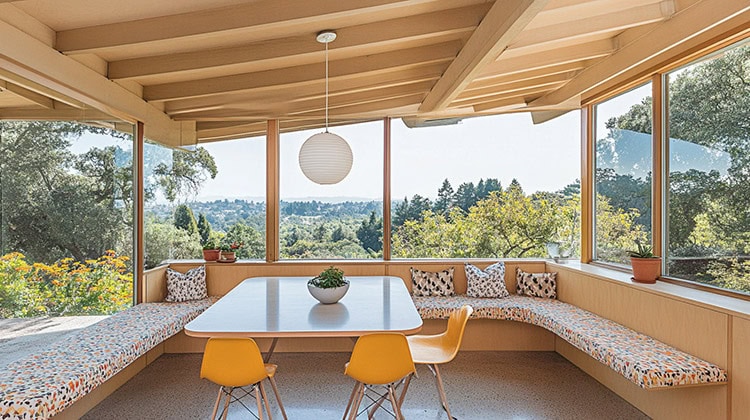
Making It Work for Modern Life
While honoring mid-century aesthetics, your eat-in kitchen must function for contemporary living:
Technology That Doesn’t Disrupt
- Discreet charging stations for devices
- Small appliances in finishes that complement your design
- Hidden storage for modern necessities
- Thoughtful outlet placement that doesn’t interrupt backsplashes
Practical Adaptations
- Easy-clean surfaces for busy households
- Durable materials that withstand daily use
- Stain-resistant fabrics for upholstered seating
- Adjustable lighting for different times of day
Small Changes, Big Impact
Not ready for a complete renovation? These smaller updates can bring mid-century flair to your eat-in kitchen:
- Replace generic light fixtures with mid-century inspired pendants
- Swap out basic dining chairs for distinctive mid-century options
- Update hardware on existing cabinetry with simple brass or wooden pulls
- Add a round rug under your eating area in a characteristic pattern
- Display a few carefully chosen mid-century accessories or artwork
Final Thoughts: Creating Your Unique Space
The most successful mid-century eat-in kitchens don’t feel like museum exhibits—they integrate authentic design principles with your family’s unique needs and personal style. The goal isn’t perfect historical accuracy but rather capturing the optimistic, functional, and beautifully crafted essence that makes mid-century design so enduringly appealing.
Your eat-in kitchen should be where good food, great conversation, and thoughtful design come together to create a space that’s not just stylish, but genuinely lived-in and loved.
Join us next time as our Build-a-Room Series continues with “Fabric Forward: Creating the Ultimate Upholstered Game Room.”

